Video summary
Through interviews with the cast and creative team of the National Theatre’s production of 'The Curious Incident of the Dog in the Night-Time', we gain an insight into the use of ensemble acting, where a small group of actors play a large number of different parts.
We observe rehearsals and performance, and the playwright, Simon Stephens discusses the challenges and results of casting a play with many characters.
Actors performing multiple parts gives the production a sense of playfulness and theatricality.
A cast member explains the challenges of being part of an ensemble including making an impact with a character quickly, and being on stage all the time.
Through rehearsal footage, we see how a group of actors all working together can create an instantly recognisable scenario.
Ensemble actors have to make quick choices in their characterisation, snap in and out of characters, and make each one distinctive.
Scott Graham, the choreographer, explains how the stylised ensemble in the production represented the nature of Christopher’s mind, which can be chaotic, until he focuses in on something.
This short film is from the 91»»±¨ series, The Curious Incident of the Dog in the Night-Time: From Page to Stage, made in collaboration with the National Theatre.
It explores how Mark Haddon’s much-loved novel became a multi-award-winning theatre production.
Interviews with the playwright, director and cast and footage from both rehearsal and performance reveal the process of bringing the story alive on stage.
Teacher Notes
Students could be encouraged to explore how the scenes were created in performance, and discuss ideas on how they can work together as an ensemble effectively.
This short film could be used to help students understand what physical theatre is and how it can be used in performance.
If analysing the play as a piece of live theatre, students could be reminded of how particular scenes were created and asked to analyse the use of movement and physical theatre in the performance, as well as how the actors worked as an ensemble.
Students could also be encouraged to explore multi-role playing in theatre and how to create clear characters.
This short film is suitable for teaching GCSE English literature and drama in England, Wales and Northern Ireland and National 5 in Scotland.
Creating Atmosphere. video
Through interviews with the director and designers, we learn how projection, lighting and sound come together to create atmosphere in the production.

Creating Comedy and Tension. video
The cast and creative team explore how they created moments of comedy and tension in the play.
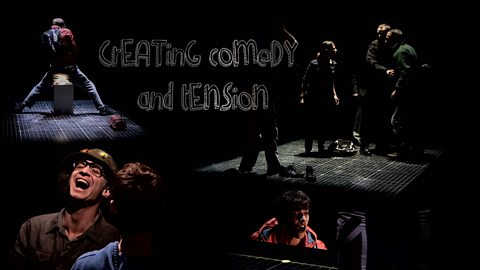
Design Elements. video
A look at how the highly stylised set of the play was designed, featuring interviews with the director and designers.
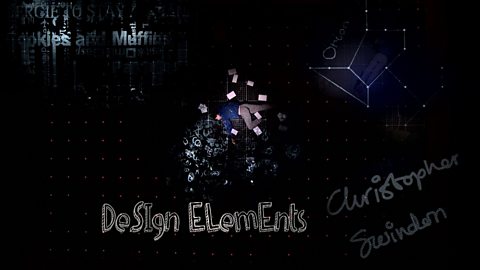
Adapting a Novel for Theatre. video
Playwright Simon Stephens explains the strategies he used in adapting the story of Mark Haddon’s novel into a script for his production at the National Theatre.
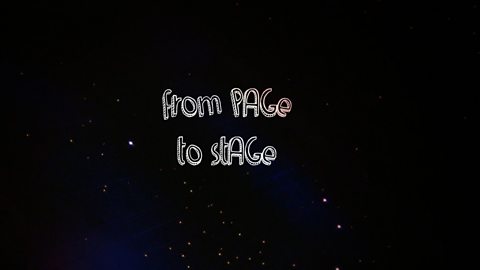
What is Physical Theatre? video
Scott Graham from theatre company, Frantic Assembly, explains what physical theatre is, and how it was used to create the original National Theatre production.
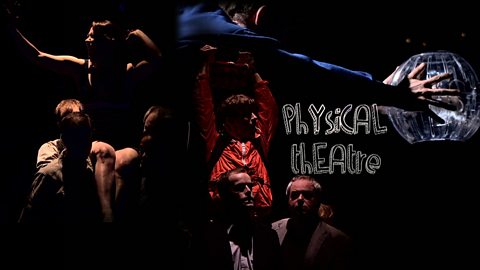
Christopher and his Dad. video
An exploration of the relationship between Christopher Boone and his Dad, Ed Boone, using footage from the original National Theatre production of 'The Curious Incident of the Dog in the Night-Time'.

Christopher and his Mum. video
A look at the relationship between Christopher Boone and his Mum, Judy, through interviews with the actors and footage from the National Theatre production.
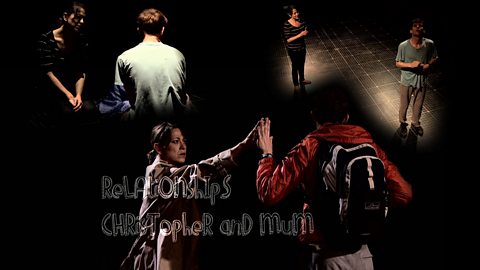
Christopher and Siobhan. video
A look at the relationship between the characters of Christopher Boone and his teacher, Siobhan, played by Niamh Cusack in the National Theatre production.
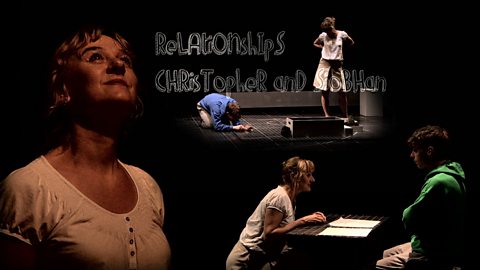
Themes. video
Playwright Simon Stephens explains the themes of the novel and play; family, love, honesty and truthfulness.
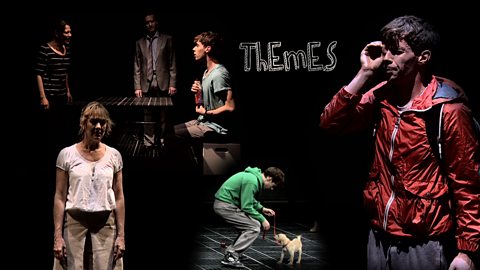
Who is Christopher Boone? video
An exploration of the character Christopher Boone, from the actor and director who originated the role in the National Theatre production of 'The Curious Incident of the Dog in the Night-Time'.
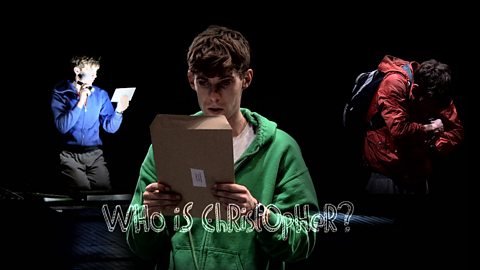
Ã˝
Ã˝